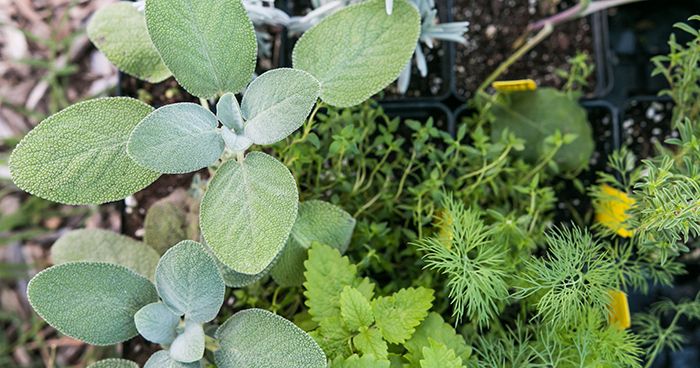September is here and that means it’s a great time to prepare for the fall and winter gardening season. Garden planning can be challenging but it’s also rewarding and fun! Here are our top 4 tips to help you get better at garden planning.

4 Tips to Help You Get Better at Garden Planning
Adriana Botello de Prioleau, Education Manager
1. Find Out What's In Season
The Texas Agricultural Extension (TAE) Vegetable Garden Planting Guide is only one of the valuable resources for planning a vegetable garden. The plants highlighted in the TAE guide are the standard vegetables grown in Texas, but more varieties can be added to any garden for cultural relevance.
The TAE guide is a base of knowledge and can be complemented with blogs and articles. Judy Barret’s magazine and books, with specific Texas zone information on how to take care of plants (warm and cold season vegetables, herbs, fruits, even mushrooms), are an excellent resource.
2. Stagger Your Planting
The Central Texas region has four growing seasons, with summer being the hardest - only okra, chile peppers, and eggplants love the sunny summer days.
Another of the TAE resources when planning a vegetable garden is staggered planting, not just staggering different plants for different seasons in the same garden bed, but the same crop staggered thru the specific window of weather that makes it thrive. As an example, and because winter vegetable gardening is the best in Central Texas, the Asian greens could be planted in intervals, every 2 or 3 weeks; this means a new row or patch of transplants will ensure months of fresh greens.
It is the same with greens for salads, cruciferous vegetables, and root vegetables This will ensure a longer harvest to get ingredients for home cooking. No more dozens of broccoli heads in one week - who could eat that much broccoli anyway?
3. Consider Planting Out of Season
Some plants are very forgiving and can be planted outside of the recommended date ranges, too. The harvest will not be the biggest, but you should still see some results. To get beautiful, pungent garlic, the best time to sow is mid-September to the first week of December, but even if planted in mid-to-late January, it will bring a harvest of small heads of garlic that will have a good flavor for kitchen needs.
4. Learn from Previous Generations
For one of the oldest human activities, garden ingenuity and problem-solving are still critical. Trellises allow vertical gardening, elevated garden beds help gardeners with low mobility, greenhouses protect crops from the weather, and the humble walipini creates microclimates to grow warm-season vegetables in winter, with a low energy footprint, and with a steady growth environment.
If you want to stand beside your ancestors, grow your own food. Vegetable gardening is an interesting hobby and one that could give in return more than expected: it can add a variety of vegetables to your diet, provide a source of exercise, teach kids patience, and more. Some even find a healing therapy by putting their hands in the dirt.
